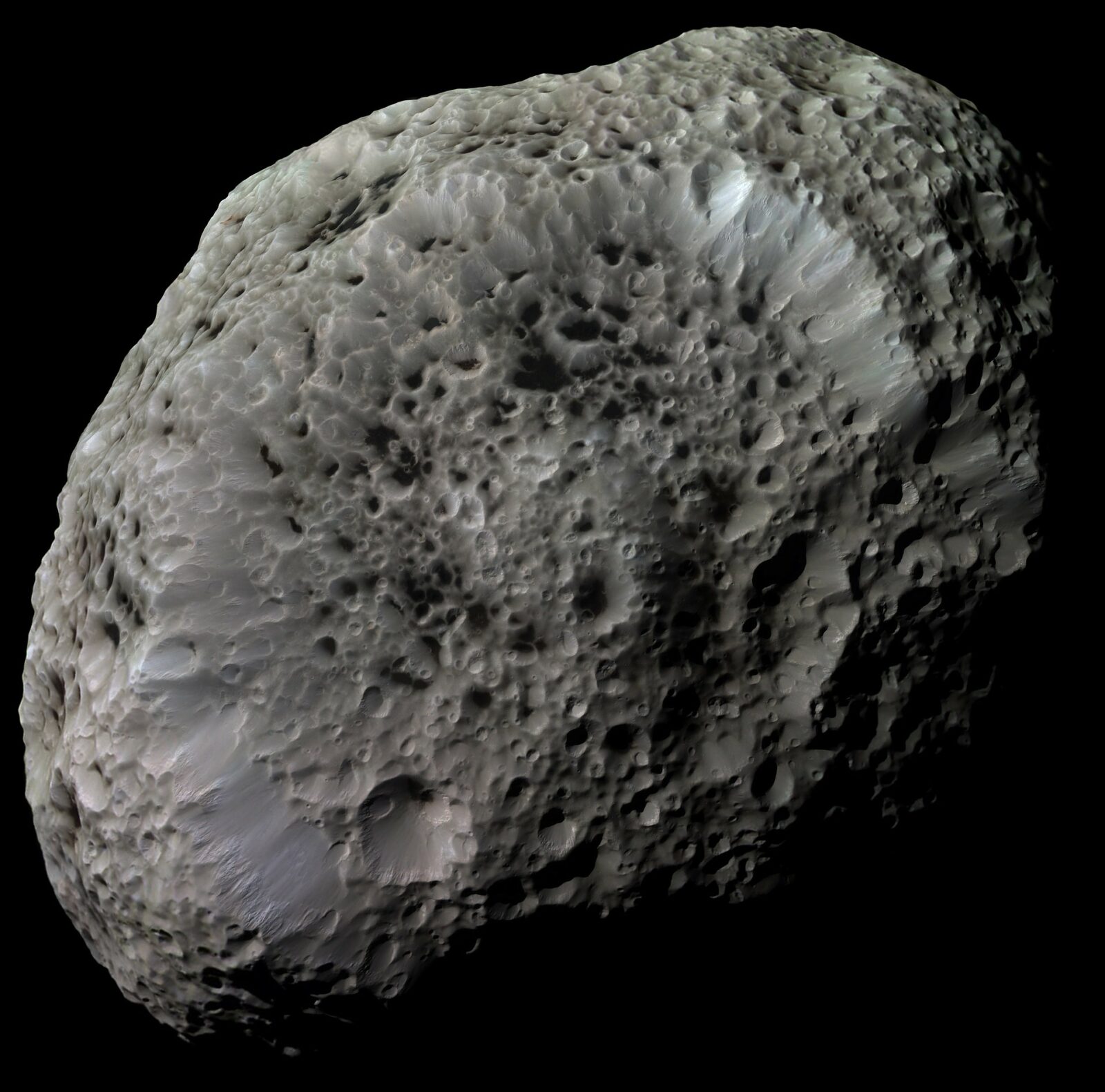When you hear about asteroids whizzing past Earth, it’s usually in the context of doomsday movies or sci-fi novels. But come April 13, 2029, our reality might just flirt with science fiction. That’s the date when asteroid 99942 Apophis—a name straight out of ancient myth, inspired by the Egyptian god of chaos and destruction—will pass close enough to our planet that scientists are bracing for a show that could include asteroidquakes, reshaping its surface, and even altering its rotation.
What’s Happening with Apophis?
Now, when we say “close encounter,” we mean Apophis will zip by at a distance of about 32,000 kilometers (20,000 miles). That’s practically next door in cosmic terms, as it’s within the orbit of our outermost satellites. To give some perspective, most near-Earth objects that pass by don’t even come close to this proximity. In fact, this type of close approach by such a large asteroid is estimated to happen only once every 7,500 years.
While Apophis won’t collide with Earth (take a sigh of relief), the encounter will be close enough for our planet’s gravity to stir things up on the asteroid. Scientists are eagerly anticipating a phenomenon they’re calling “asteroidquakes”—like earthquakes, but on an asteroid.
What Exactly Are Asteroidquakes?
Apophis is no ordinary rock floating in space. It’s a hefty one, stretching over 340 meters across, or roughly the size of three football fields lined up end-to-end. As it swings by Earth, our planet’s gravity will pull on the asteroid in uneven ways. This kind of gravitational tug is technically known as a “tidal force,” and Apophis, being not entirely solid, is particularly vulnerable to it.
Imagine a cosmic tug-of-war, where the side of Apophis closer to Earth is pulled harder than the far side. This could generate asteroidquakes, shaking Apophis enough to jostle loose rocks and dust on its surface. Some of this debris might fly off into space, and who knows? Maybe some of it will even end up on Earth.
But here’s the kicker: much of this rubble is expected to eventually fall back, creating what one scientist called a “slow-motion avalanche.” Picture debris cascading down slopes at a glacial pace—epic yet silent, like watching a cosmic snowfall that nobody hears.
Will Apophis Look Different After the Encounter?
One of the fascinating prospects is that Apophis could undergo a bit of a makeover. The intense gravitational interaction with Earth might uncover parts of the asteroid’s interior, exposing “fresh” material to the harshness of space. Normally, micrometeorite impacts and solar radiation gradually wear down an asteroid’s surface, a process called “space weathering.” But by essentially “resurfacing” Apophis, Earth’s gravity might reset this clock, leaving parts of the asteroid looking untouched by eons of space exposure.
Scientists are particularly interested in studying Q-class asteroids, a group of asteroids that appear less weathered. The theory is that these asteroids had similar close encounters with planets, which “cleaned” their surfaces. By closely observing Apophis, researchers hope to understand how often such resurfacing events occur and how these forces shape other space rocks.
The OSIRIS-APEX Mission: Our Celestial Eye on Apophis
If you think this all sounds like a once-in-a-lifetime science fair, you’re absolutely right. That’s why NASA’s OSIRIS-REx mission, originally tasked with collecting samples from asteroid Bennu, is pivoting to Apophis for a new mission dubbed OSIRIS-APEX. The spacecraft will track Apophis before, during, and after its 2029 flyby, giving scientists an unprecedented close-up view of the asteroidquakes and any surface changes.
The mission’s goal? To capture the real-time cosmic drama and help us understand the long-term impact of such close encounters. Researchers are also hoping to learn if Apophis will start “tumbling,” a kind of chaotic spinning that could happen due to the gravitational nudge. If Apophis does start to tumble, it might shake itself even more, setting off a chain reaction of slow avalanches over years or even decades.
Why Should You Care About Apophis?
Now, we’ve heard all the “Earth is safe” talk, but there’s still a looming reality: Apophis will eventually be back. While we know that a 2029 collision is off the table, scientists say that it’s wise to keep a close eye on Apophis as it makes future passes. Even if the odds of an actual impact remain low, understanding Apophis’ behavior and response to gravity helps us prepare for other asteroids with less predictable paths.
For now, though, sit back and watch this chapter in cosmic history unfold. Earth and Apophis might be billions of years old, but this moment is one for the record books. So, mark your calendars, because the 2029 Apophis flyby is shaping up to be a show worthy of every stargazer’s attention.












Leave a Reply